It may be tempting to buy fasteners directly from manufacturers strictly based on piece price, but before you commit to a source, keep in mind some of the benefits of using a good distributor.
Benefits of Using a Distributor
- Volumes – Most manufacturers have MOQs (minimum order quantities) of 2,000 pounds per order. Fasteners are produced from coils of steel, which are generally 2,000 pounds in weight. Splitting a coil is not cost effective, so MOQs are established. Distribution often buys the larger lot sizes of standard parts and may stock them for re-selling in smaller quantities.
- Packaging – Distributors are often more flexible on package types and quantities. For the best pricing, many manufacturers prefer to ship in bulk containers which require repackaging.
- Delivery – Scheduled delivery quantities and dates may be negotiated rather than bulk shipments.
- Stocking – Many distributors offer programs to bring the fasteners right to your assembly line and monitor your inventory for you.
- Design Help – A good distributor will have fastener experts on staff that can help design engineers select the proper fasteners, troubleshoot problems with assembly, and make recommendations for cost savings.
If you are not getting the support you need from your fastener supplier, contact us at ProvenProductivity@bossard.com.
Doug Jones
Applications Engineer
djones@bossard.com

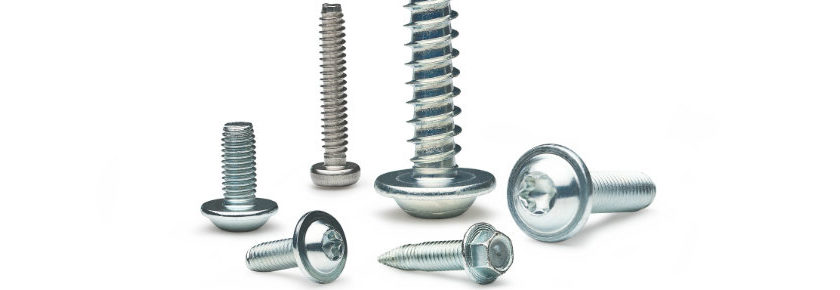
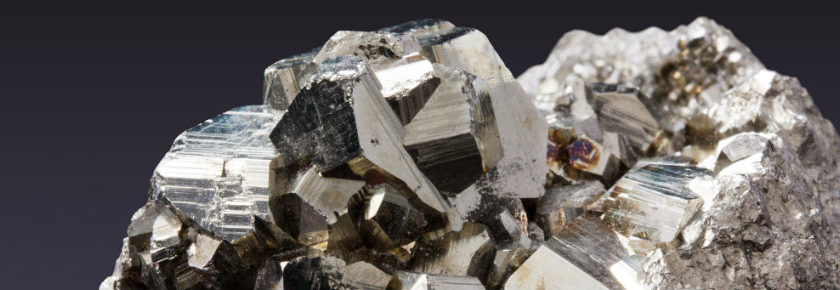
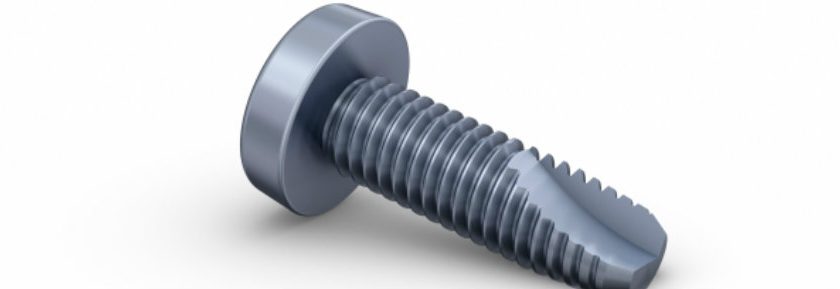

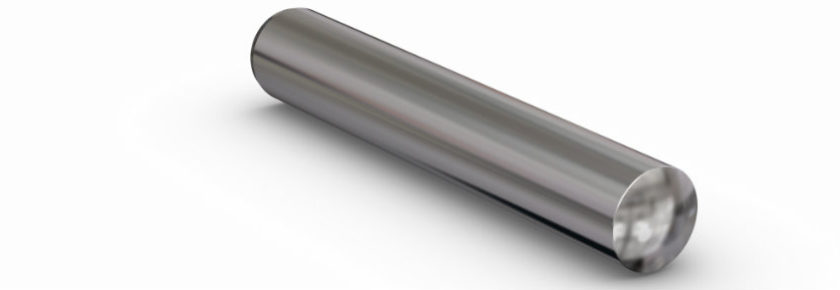
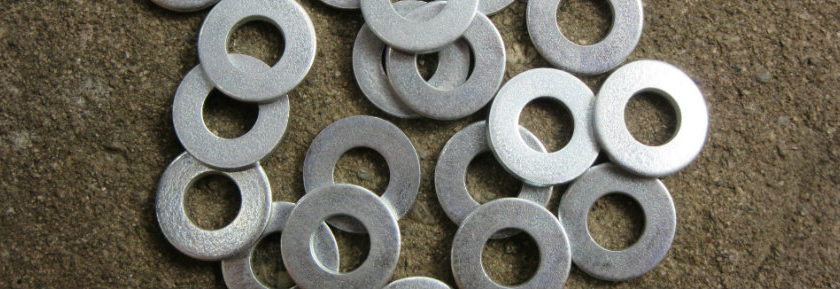
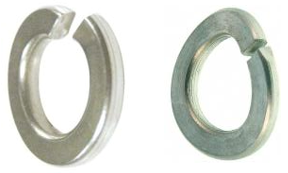
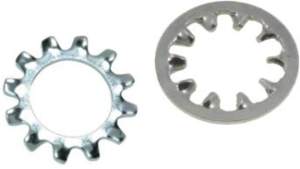
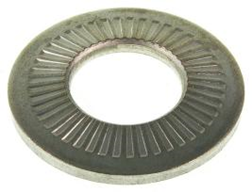
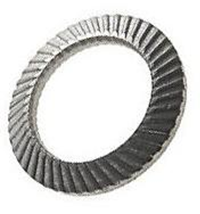

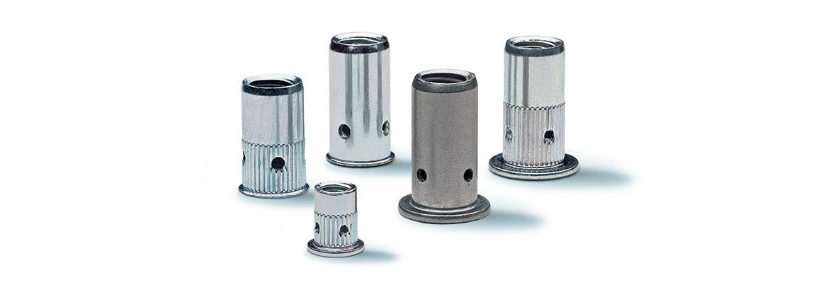

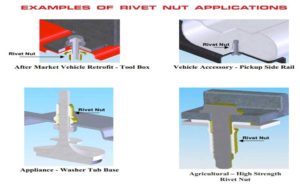 There is a lot to consider when choosing the right rivet nut. There are many choices for body styles, material, and coating finishes. Let the experts at Bossard help you narrow down your search and get you on the right path to a secure joint. Let us help you save money and avoid costly warranties or claims. Contact us at
There is a lot to consider when choosing the right rivet nut. There are many choices for body styles, material, and coating finishes. Let the experts at Bossard help you narrow down your search and get you on the right path to a secure joint. Let us help you save money and avoid costly warranties or claims. Contact us at 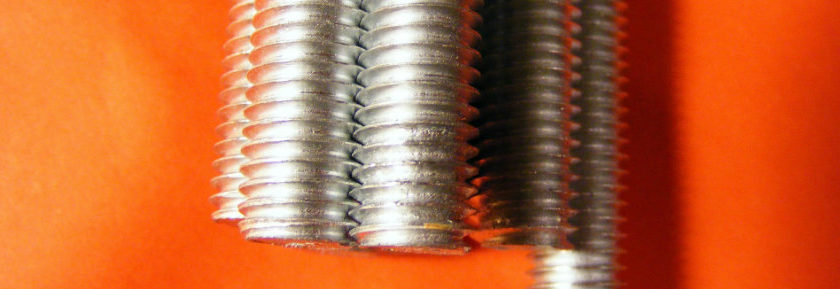
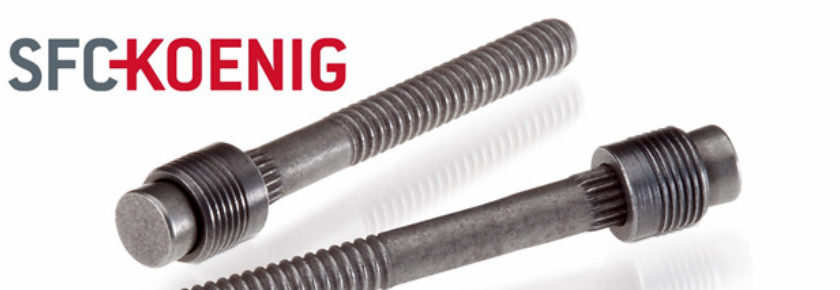
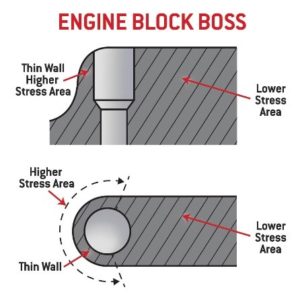 Thin port walls are quickly becoming more common, but they aren’t built to withstand the usual methods of older style plugs, such as cup plugs or threaded screws. These older plug styles can vary greatly in their results, causing a larger fluctuation in process performance—and with thin port walls and tightly packed engine components, even a small discrepancy during the installation process can cause a disaster.
Thin port walls are quickly becoming more common, but they aren’t built to withstand the usual methods of older style plugs, such as cup plugs or threaded screws. These older plug styles can vary greatly in their results, causing a larger fluctuation in process performance—and with thin port walls and tightly packed engine components, even a small discrepancy during the installation process can cause a disaster.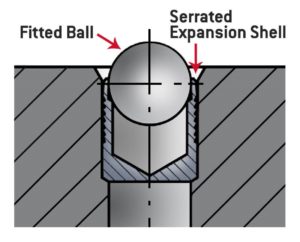 Low force seals, such as SFC KOENIG EXPANDER® plugs, cause less damage to the port wall and components, having minimal effect on even the most complex engine geometries. All the advantages of low force seals are listed here below:
Low force seals, such as SFC KOENIG EXPANDER® plugs, cause less damage to the port wall and components, having minimal effect on even the most complex engine geometries. All the advantages of low force seals are listed here below:


